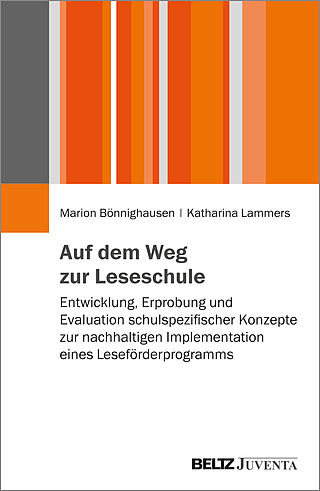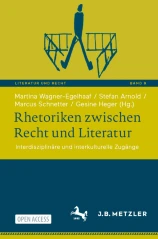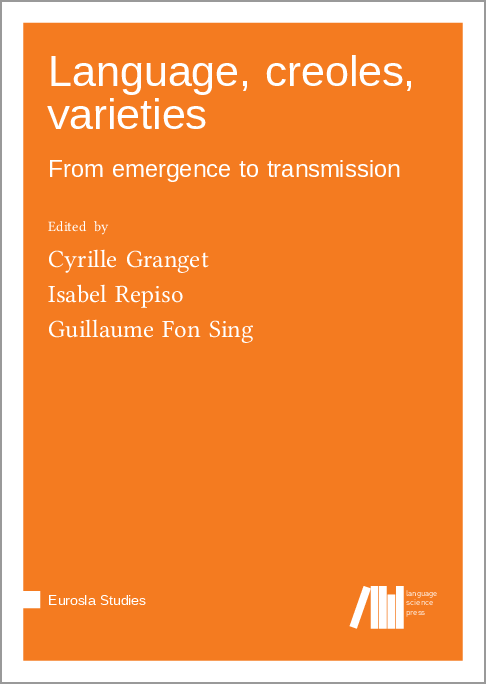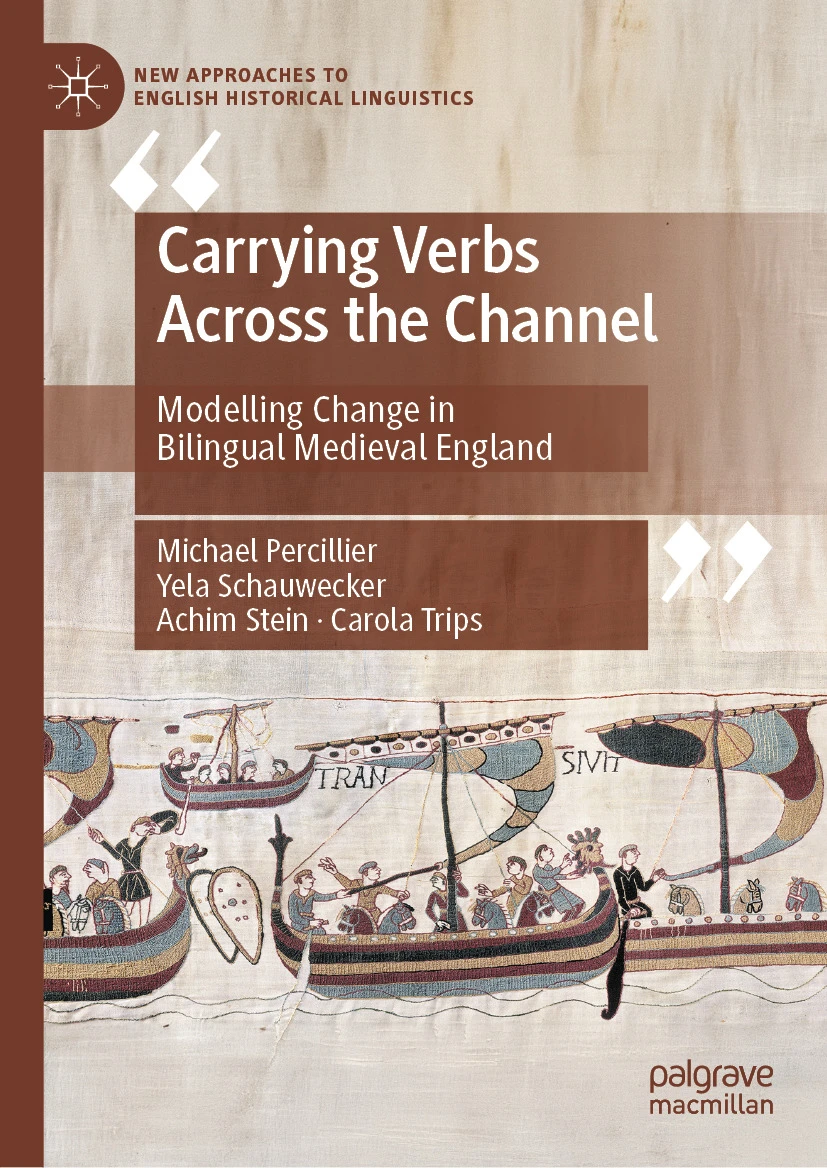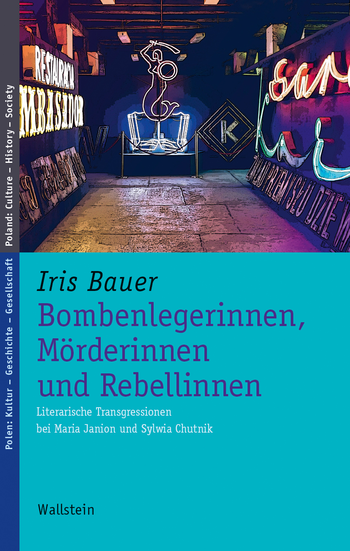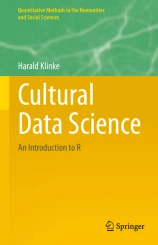Viking Mediologies: A New History of Skaldic Poetics
 Viking Mediologies is a study of pre-modern multimedia rooted in the embodied poetic practice of Viking Age skalds. Prior study of the skaldic tradition has focused on authorship—distinctions of poetic style, historical contexts, and attention to the oeuvres of the skalds whose names are preserved in the written tradition. Kate Heslop reconsiders these not as texts but as pieces in a pre-modern media landscape, focusing on poetry’s medial capacity to embody memory, visuality, and sound.
Viking Mediologies is a study of pre-modern multimedia rooted in the embodied poetic practice of Viking Age skalds. Prior study of the skaldic tradition has focused on authorship—distinctions of poetic style, historical contexts, and attention to the oeuvres of the skalds whose names are preserved in the written tradition. Kate Heslop reconsiders these not as texts but as pieces in a pre-modern media landscape, focusing on poetry’s medial capacity to embody memory, visuality, and sound.
Mobile, hybrid, diasporic social formations—bands of raiders and traders, petty kingdoms, colonial expeditions—achieved new prominence in the Viking Age. Skalds offered the leaders of these groups something uniquely valuable. With their complicated poetry, they claimed to be able to capture shared contingent meanings and re-mediate them in named, memorable, reproducible works. The commemorative poetry in kviðuháttr remembers histories of ruin and loss. Skaldic ekphrasis discloses and reproduces the presence of the gods. Dróttkvætt encomium evokes for the leader’s retinue the soundscape of battle.
As writing arrived in Scandinavia in the wake of Christianization, the media landscape shifted. In the poetry of the twelfth and thirteenth centuries, skalds adjusted to the demands of a literate audience, while the historical and poetological texts of the Icelandic High Middle Ages opened a dialogue between Latin Christian ideas of mediation and local traditions. In the Second Grammatical Treatise, for example, the literate technology of the grid is used to analyze the complex resonances of dróttkvætt as the output of a syllable-spewing hurdy-gurdy—a poetry machine.
Offering both new readings of both canonical works such as Ynglingatal, Ragnarsdrápa, and Háttatal, and examinations of lesser-known texts like Glymdrápa, Líknarbraut, and Sturla Þórðarson’s Hákonarkviða, Viking Mediologies explores the powers and limits of poetic mediation.
zum Buch im ULB-KatalogPlus
zum Buch auf der Verlags-Website
Between body and soul in Old Norse literature: Emotions and the mutability of form
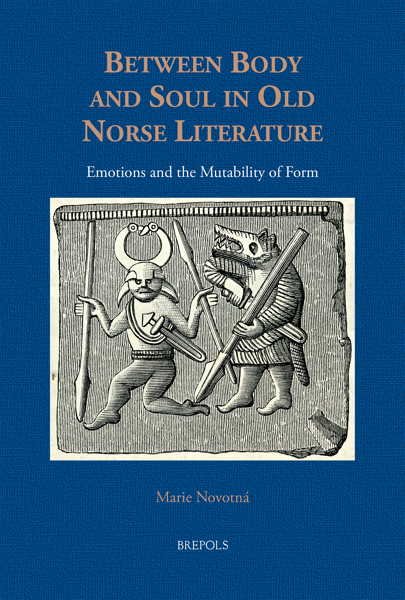 What did the body mean for inhabitants of the medieval Norse-speaking world? How was the physical body viewed? Where did the boundary lie between corporality and the psychological or spiritual aspects of humanity? And how did such an understanding tie in with popular literary motifs such as shape-shifting?
What did the body mean for inhabitants of the medieval Norse-speaking world? How was the physical body viewed? Where did the boundary lie between corporality and the psychological or spiritual aspects of humanity? And how did such an understanding tie in with popular literary motifs such as shape-shifting?
This monograph seeks to engage with these questions by offering the first focused work to delineate a space for ideas about the body within the Old Norse world. The connections between emotions and bodily changes are examined through discussion of the physical manifestations of emotion (tiredness, changes in facial colour, swelling), while the author offers a detailed analysis of the Old Norse term hamr, a word that could variously mean shape, form, and appearance, but also character. Attention is also paid to changes of physical form linked to flight and battle ecstasy, as well as to magical shapeshifting.
Through this approach, diametrically different ways of thinking about the connection between body and soul can be found, and the argument made that within the Old Norse world, concepts of change within the body rested along a spectrum that ranged from the purely physical through to the psychological. In doing so, this volume offers a broader understanding of what physicality and spirituality might have meant in the Middle Ages.
zum Buch im ULB-KatalogPlus
zum Buch auf der Verlags-Website
„Rosalie David is a pioneer in the study of ancient Egypt. In the early 1970s, she launched a unique project to study Egyptian mummified bodies using the techniques of modern medicine. Back then, the vast majority of Egyptologists regarded mummies as unimportant sources of information about life in ancient Egypt. Instead they focussed on interpreting hieroglyphic inscriptions, the written record in papyrus documents and archaeological remains and artefacts. Rosalie David proved that the traditionalists were quite wrong.

